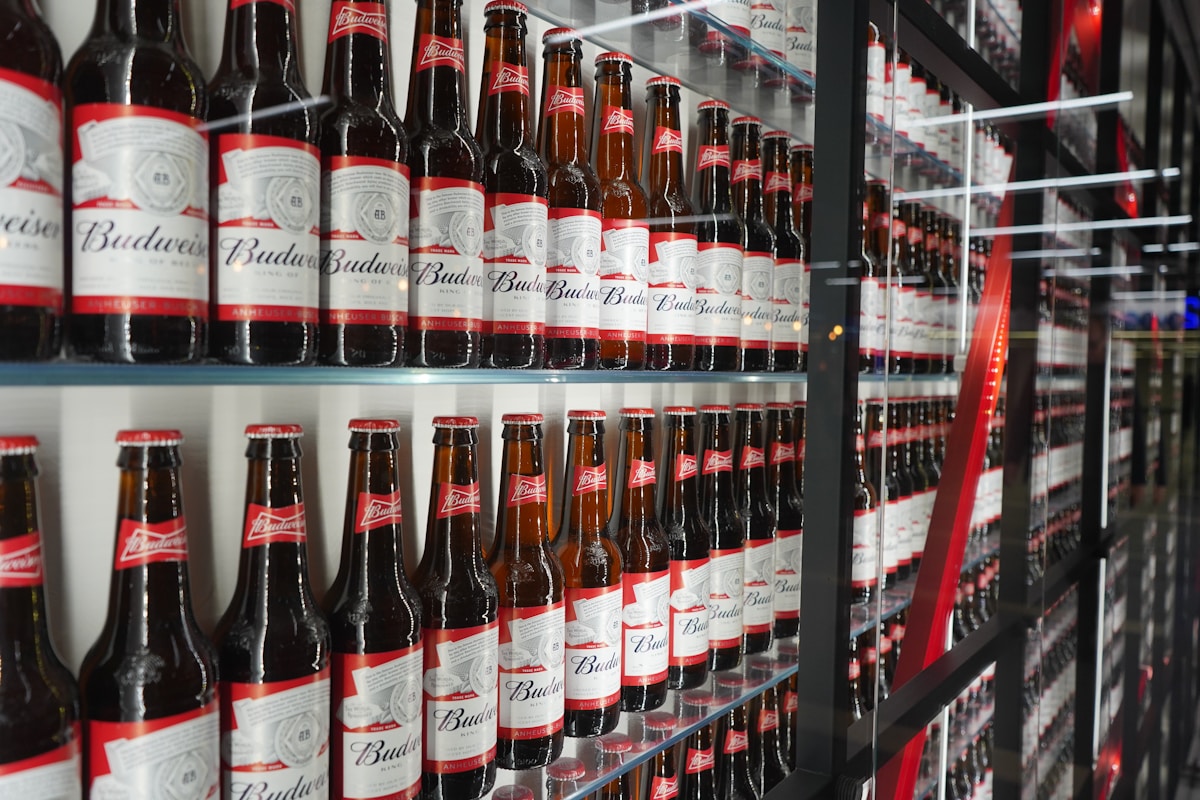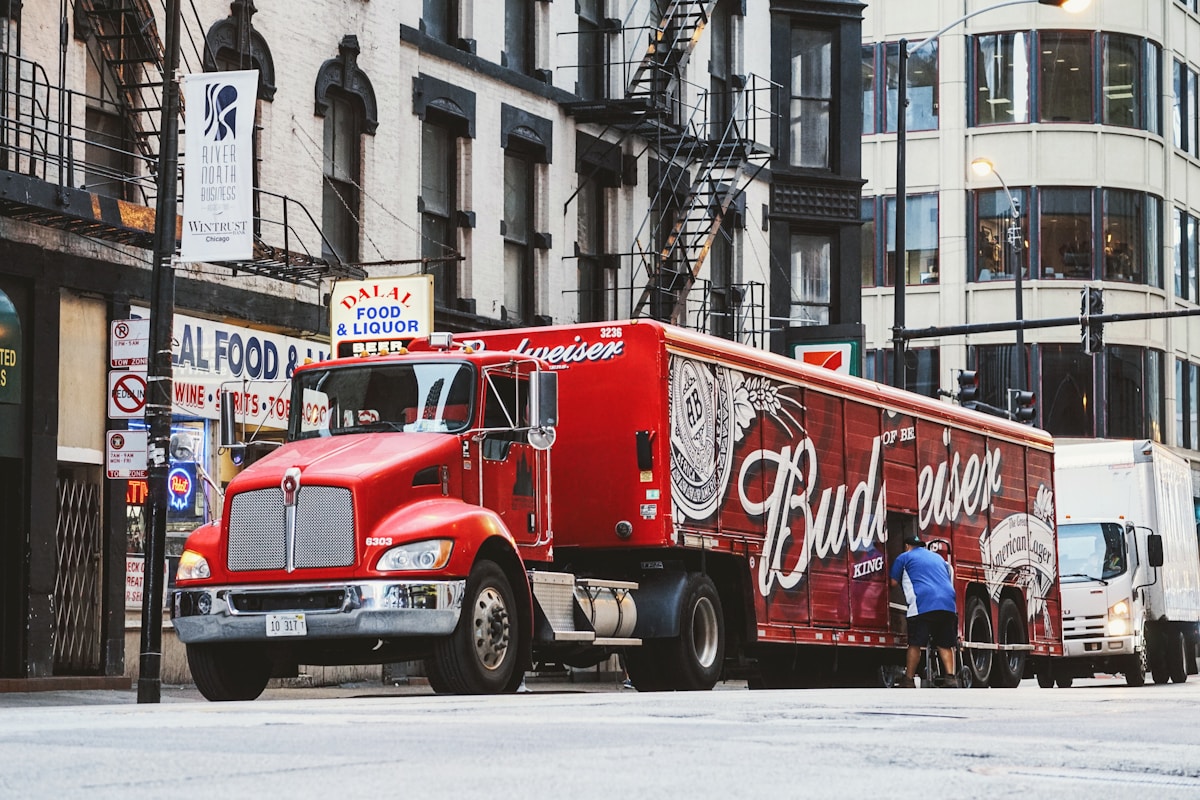End of an Era: Anheuser-Busch

When most people think of Anheuser-Busch, they think of the iconic American brewery that spawned the likes of Bud Light, Natural Light, and Busch Beer. Others may even recall the brand’s trotting Clydesdale horses and heritage in St. Louis, Missouri. What most fail to realize is that for over 10 years, the company (now called AB InBev) has had its main headquarters 4,000 miles away in Leuven, Belgium.
Adolphus Busch, the 21st of 22 children from an upper-class family, immigrated from Germany at age 18 to St. Louis, a popular destination for German immigrants in the mid-19th century. He took the reins for a local neighborhood brewery in 1852. The first American brewer to use pasteurization, Busch expanded the reach of his new brewery beyond what was thought possible [1].

Multiple generations followed after Busch passed away, each growing the brand by persistence, innovation, and the sweat of their brow. Even Prohibition wasn’t enough to put an end to the Anheuser-Busch Beer Company—it stayed afloat by selling tangentially related products like the brewer’s yeast and malt extract.

Over the course of a century, the brand built itself up from a neighborhood brewery into a giant of international scope with a portfolio of over 100 brands [1]. The brewer soon became an icon, with a collection of beer brands indelibly associated with American sports and even a collection of Busch theme parks.

Business continued as usual in the United States. Then, in 2008, European super brewer InBev made a $46 billion bid to purchase Anheuser-Busch. The St. Louis company promptly rejected the offer [2]. This response precipitated a bitter hostile takeover, as InBev pushed to convince Anheuser shareholders to approve the deal. Soon, both sides became embroiled in litigation as they vied for control.
After a month of struggle, Anheuser acquiesced and the brand was sold to InBev.

Shortly after, over 1400 workers for Anheuser were laid off and employee perks were slashed as part of a sharp cost-cutting program instituted by InBev [3]. Management was cycled out and the brand’s iconic line of theme parks was divested [4]. Before long, InBev moved the main headquarters out of the brand’s home, St. Louis.

Even though Superbowl ads and other marketing convey the same Midwest small-town feeling, the company has been detached from the Busch family and corporatized beyond recognition.
Did this change of leadership signal the end of an iconic American brand?
Busch heir Robert Orthwein, speaking to Rebellion Research, reflects on the 2008 acquisition: “it’s bittersweet to know that the business they built [over 6-7 generations] is no longer part of family.”
Orthwein descended from a line of the family that started in the early 20th Century when advertising heir Percy Orthwein married the at-the-time Busch CEO’s daughter, Clara Busch. His last direct relative to work at the brewery was grandfather Adolphus “Dolph” Busch Orthwein, who served as VP of Operations and on the board of directors until 1963. Even after exiting the beer business, the Orthwein side of the family found success as international grain merchants, advertising moguls, and even leaders of Kinloch Telephone, a precursor to Southwestern Bell.

As Orthwein explains, Busch and Orthwein descendants view St. Louis as their ancestral homeland. It has tied the extended family together and is part of the family’s legacy. He believes that InBev’s move to relocate outside of St. Louis damaged Anheuser-Busch’s status as an American cultural icon and has diminished the company’s St. Louis branding.
To this day, Anheuser-Busch promotes its rich history and status as an American icon, belied by the fact that it is now the subsidiary of a European company. In fact, one of the few ties the company has left to the original Busch family is a single descendant who sits on the current board of directors.

Following the merger, Anheuser-Busch still maintains its dominant status in the United States, comprising 38.7% of the domestic market as of 2020 [5].
However, by shifting its main headquarters to Belgium, it lost a tangible link to its all-American cultural heritage—a genuine hometown team feeling even as the company expanded nationwide. Natural Light remains the beer of choice for college students, Bud Light continues to be a Superbowl staple, and the recipe of the brand’s craft beers might not have been affected, but something about Anheuser-Busch changed irrevocably in 2008.

Anheuser-Busch | America’s Best-Loved Brewery and Beers. https://www.anheuser-busch.com/. Accessed 12 July 2021. [1]
“InBev bids $46 billion for Anheuser-Busch.” NBC News. June 11, 2008. [2]
"Small number laid off today at Anheuser-Busch InBev." St. Louis post Dispatch. January 15, 2010. [3]
Dethroning the King: The Hostile Takeover of Anheuser-Busch, An American Icon, Julie MacIntosh. [4]
“Industry Fast Facts.” NBWA: America’s Beer Distributors, 25 June 2015, https://www.nbwa.org/resources/industry-fast-facts. [5]